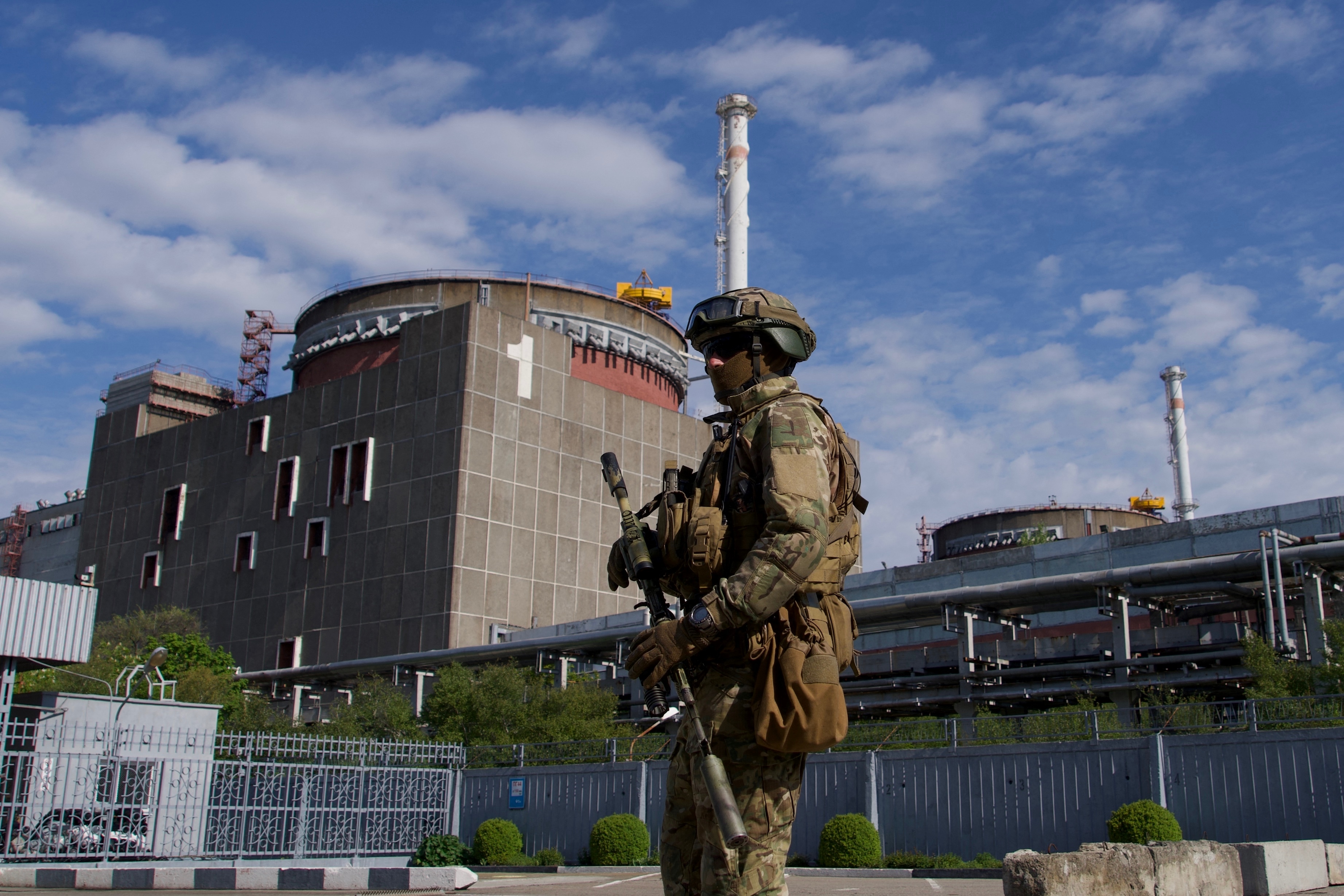A significant fire broke out at the Zaporizhzhia Nuclear Power Plant (ZNPP), currently under Russian control, on Sunday. Both Russia and Ukraine have traded accusations regarding the origin of the blaze.
ZNPP, the largest nuclear facility in Europe, has been occupied by Russian forces since March 2022, shortly after the invasion of Ukraine began. It was one of the first sites taken by Russian troops.
Ukrainian President Volodymyr Zelensky asserted that Russian forces are responsible for the fire, while the Russian-installed governor of Zaporizhzhia Oblast, Yevhen Balitsky, claimed Ukraine instigated it.
Zelensky’s social media showcased footage of dark smoke billowing from the facility.
Enerhodar. We have recorded from Nikopol that the Russian occupiers have started a fire on the territory of the Zaporizhzhia Nuclear Power Plant.
Currently, radiation levels are within norm. However, as long as the Russian terrorists maintain control over the nuclear plant, the… pic.twitter.com/TQUi3BJg4J
— Volodymyr Zelenskyy / Володимир Зеленський (@ZelenskyyUa) August 11, 2024
Zelensky reported from Nikopol, indicating that the Russian occupiers had ignited the fire at the plant. He reassured that radiation levels remained within safe limits.
The International Atomic Energy Agency (IAEA) confirmed “strong dark smoke” observed in the northern area of ZNPP, following multiple explosions detected earlier. They also mentioned a report of a potential drone strike on one of the plant’s cooling towers, although no nuclear safety issues were noted.
According to Russia’s atomic energy agency, Rosatom, the fire was brought under control by 11:30 p.m. local time.
Amid these tensions, Ukraine launched a surprise offensive on August 6, reclaiming significant territory from Russian occupation. In response, Russia declared a federal emergency in Kursk, about 250 miles north of Zaporizhzhia and shifted military resources to the area.
The ZNPP has been in shutdown mode since September 2022, relying on a single power line to avert a potential meltdown. Concerns about nuclear safety arose when Russian forces seized the plant, with both sides blaming each other for attacks on the facility.
Zaporizhzhia is one of four regions that Putin claimed to have annexed in late 2022 through what have been widely condemned referendums. Zelensky reiterated concerns on Sunday, stating that while radiation levels are normal now, ongoing Russian control presents an unacceptable risk, highlighting the facility’s use as a tool for blackmail against Ukraine and Europe.
